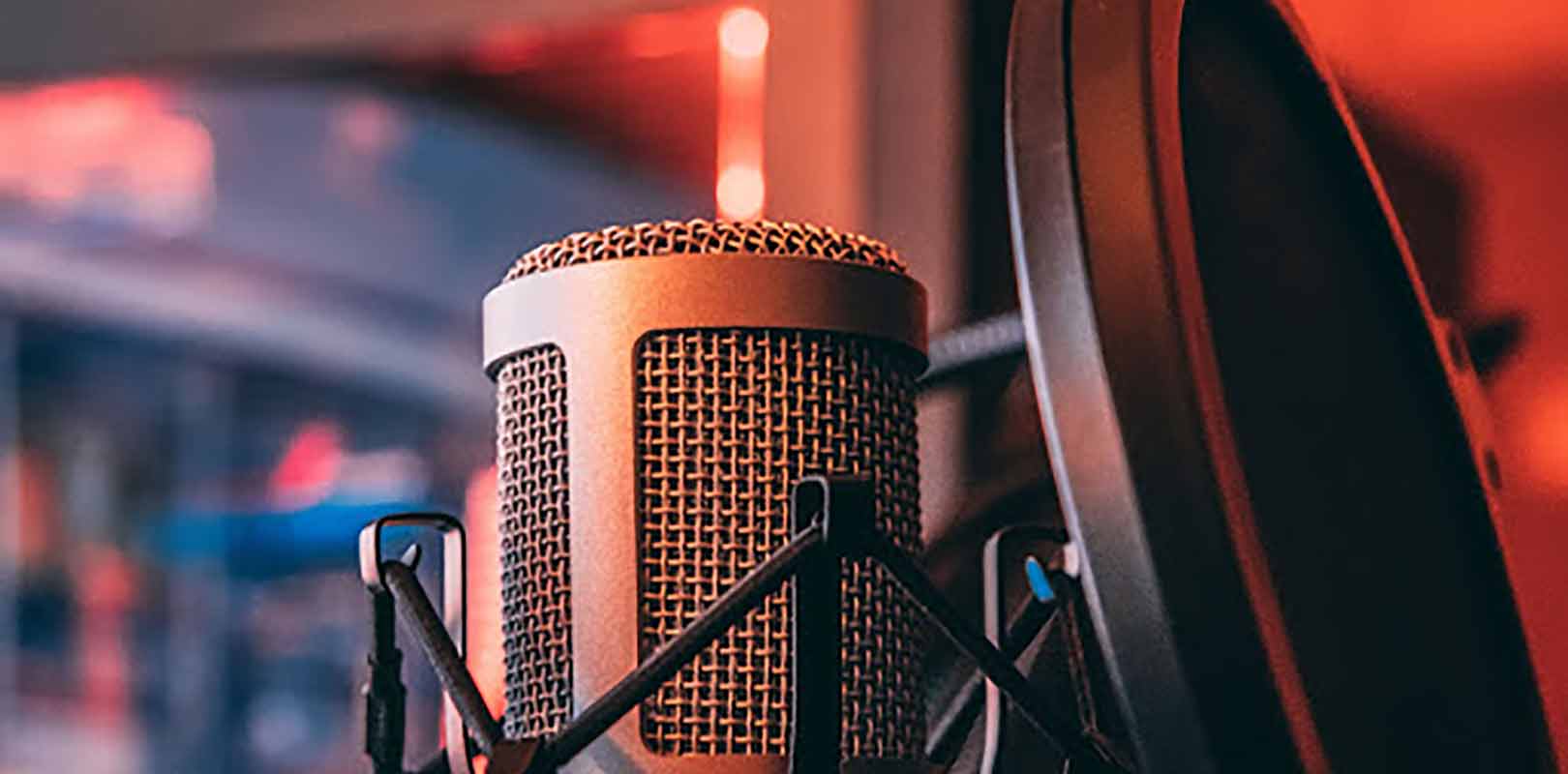You wrote your book and had a successful book launch, then you breathe a sigh of relief and wonder what’s next. You have all the right marketing strategies, and you implement them effectively until you start receiving the question, “Do you have an audiobook?”
What? You didn’t plan for this. Now what? Where do you start?
Every successful book marketing campaign must include this option, because without it, you are missing a vast segment of society who needs to hear your message. According to Forbes, audiobook sales neared $1 billion in 2018 and are growing 25% every year. Adam Rowe stated, “These numbers mark the seventh year in a row that the audiobook industry has seen double-digit growth. … Audio consumption is way up, and publishers everywhere are seeing revenue growth to match.”
Here’s Your Market
Let’s face it—your audience is mobile. The need for content on demand has sent producers scurrying for consumable content to offer those searching for it. Why shouldn’t they consume your material? How many people have you seen recently wearing earbuds while walking, commuting, exercising, or performing household chores? These earbuds aren’t just a fashion statement; they are listening to something! If you don’t produce an audiobook, it will not be your message that compels them to action.
Another segment of your missed market is those who, for one reason or another, can’t or don’t like to read. Those who are visually impaired always need books they can listen to.
I know this is scary. It is intimidating, and the unknowns looming in front of you seem too challenging to overcome. But you must overcome. Good news! It is much easier than you think. Sure, it will take work, but you will learn a whole new skill in the process.
Listener Expectations
Before I get into the specifics, I’ll talk about a few listener expectations when it comes to audiobooks.
People who consume audiobooks have high standards for how they sound. When it comes to podcasts, anything goes. Quality really does not matter as podcasts have an organic and raw feel to them—it’s about getting the information out as fast as you can. Podcasts, like newspapers, are transient in nature as their information will be outdated quickly. Books, on the other hand, carry the idea of permanency and authority. Misspellings, which are readily forgiven in a newspaper, are viewed with disdain in a book. This is the same reaction when it comes to audio quality within an audiobook.
People expect audiobooks to sound like a polished radio broadcast. Now, while music and sound effects are not necessary, the audio must be clean and non-reverberant. Noise and room acoustics play an essential role in intelligibility. Distracting noise and reverberant room acoustics affect clarity. Unintelligible speech will render your message ineffective. The goal, therefore, is clean audio—free from distractions and easy to understand.
As you consider producing your audiobook, here are ten easy-to-apply tips to get you started:
1. Find a quiet location to record.
Is there an interior room in your house that could be converted into a temporary studio? Don’t use a room that backs up to your washer and dryer; the noise from those units gets picked up in your recording. Don’t select a tiled room; carpet is better as it soaks up reflected sounds that produce echoes. Remember what your house sounded like when you first moved in and didn’t have any furniture or wall hangings? Yeah, we don’t want that sound! Dead and tight is what you’re going for.
2. Schedule blocks of time to record.
If the house is quieter at night when everyone is asleep, record at that time. Don’t try to do ten minutes here and there; you’ll not make any progress, and the sound will be so different from one segment to the next your listener will give up in frustration. Do two- to four-hour blocks.
3. Make sure you are rested, fed, and generally in good health.
Recording your book is physically demanding. You must have the physical stamina to go the distance. Proper hydration keeps the voice lubricated, and food gives you the energy to continue and keeps your stomach from making noises. (Yes, you can hear a stomach rumble on a recording. While it is amusing, it’s very distracting!)
4. Dress comfortably, but don’t wear noisy clothing or jewelry.
Noises from these things can be heard and are very distracting. Soft cotton or fleece material tends to be the quietest, but you can discern it in the recording if you’re not careful. Dangling necklaces or earrings can also cause lots of noise. My advice? Don’t wear them. It’s an audio recording, not a fashion show.
5. Read from an electronic script, not paper.
Page turns are death when you are editing audio. Save yourself the frustration and use a tablet. Computers are an excellent alternative, but fan noise from a warm laptop can introduce terrible noise into your recording. Set your laptop outside the recording area and read your script from a tablet.
6. Use an external microphone.
Don’t go cheap—you can hear the difference. You do get what you pay for. Plan to spend between $50 to $125 on a quality mic. Get a mic that will connect easily to your recording device. Also, get a mic stand that gets the mic off the table and close to your mouth. I suggest three finger-widths away from the corner of your mouth. This allows levels to be high enough, masking other noise, and gives warmth and intimacy to your voice you can’t get when the mic is farther away. Close proximity is the goal.
7. Make sure your recording levels are between -12dB and -3dB.
I shoot for -6 dB as an average. This level keeps the signal from getting too high and distorting while allowing the levels to meet ACX standards without getting too noisy. Proper levels are critical to a quality recording.
8. Get it right the first time.
Don’t succumb to the “fix it in the mix” attitude. If you get the recording right the first time, you have multiple options later. If you cut corners and just “get ‘er done,” you make more work for yourself and risk having your files rejected by ACX.
9. Be conversational, not dramatic.
Your audience wants authenticity and can smell hype from a mile away. Use vocal inflection and vary your delivery pace but don’t be over-the-top dramatic to sell your point. Be you and don’t forget the next simple tip.
10. Smile.
Believe it or not, you can hear a smile. If you smile while reading, your listeners pick up on that, and it puts them at ease. Visualize your audience and speak to them. Be pleasant and genuine. Don’t be a phony. Be real and transparent and convey your point with humble authenticity.
There are many other tips, but these ten suggestions will get you started. If you’d like more insights into recording your audiobook, download a free PDF at www.AnpassaCustom.com/ignitingsouls. If you still have questions after that, reach out to me at Dave@AnpassaCustom.com. I’ll answer your questions as best I can.
Take your best next step and reach an overlooked audience who needs your message.
Dave Samuel wears headsets. You can find Dave behind the giant audio consoles of Anpassa Custom or with his ears covered in his woodshop handcrafting daily use, art-gallery-worthy pens with Samuel Pen Co.
Have you started—or finished—recording your audiobook? What tips and tricks do you have for our readers? What’s something new you learned in the process?


1 Response to "Ten Tips for Successful Audiobook Recording"
Excellent advice from an experienced pro. These tips have made my recording easier resulting in a solid quality product.